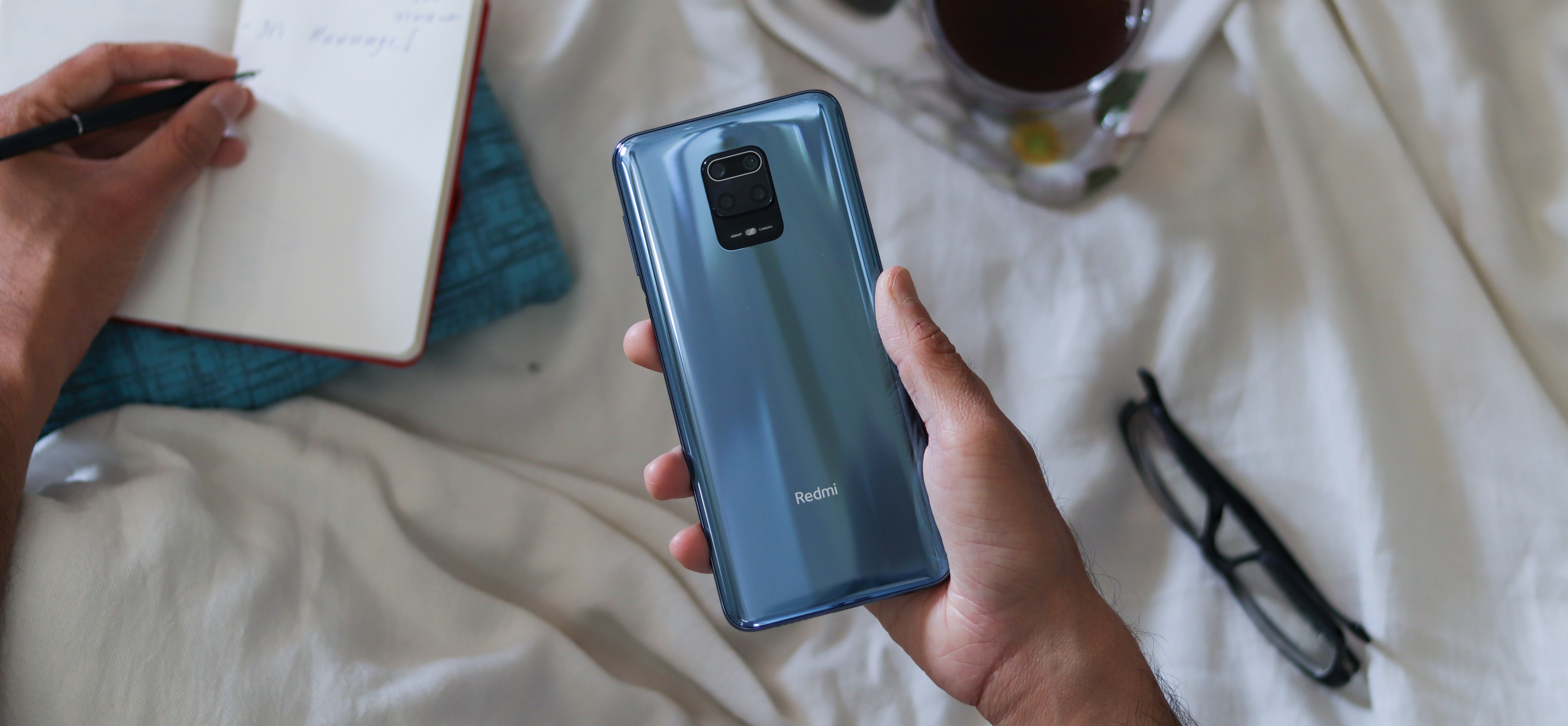Why you can trust TechRadar
Performance
Performance has never really been an issue on many affordable phones from Xiaomi, and the Redmi Note 9S is no exception. It is powered by the Snapdragon 720G chipset, and was one of the first smartphones in the world to sport it.
It marks the return of the Redmi Note series to Qualcomm’s camp after flirting with MediaTek in 2019. While the Helio G90T in the Redmi Note 8 Pro was great at gaming, it sometimes ran hot and it chugged on the battery.
On the flip side, the 8nm Snapdragon 720G strikes a beautiful balance between performance and battery life. It does fall behind in GPU-driven tasks such as gaming, but in almost every other scenario, we are looking at a champion here.
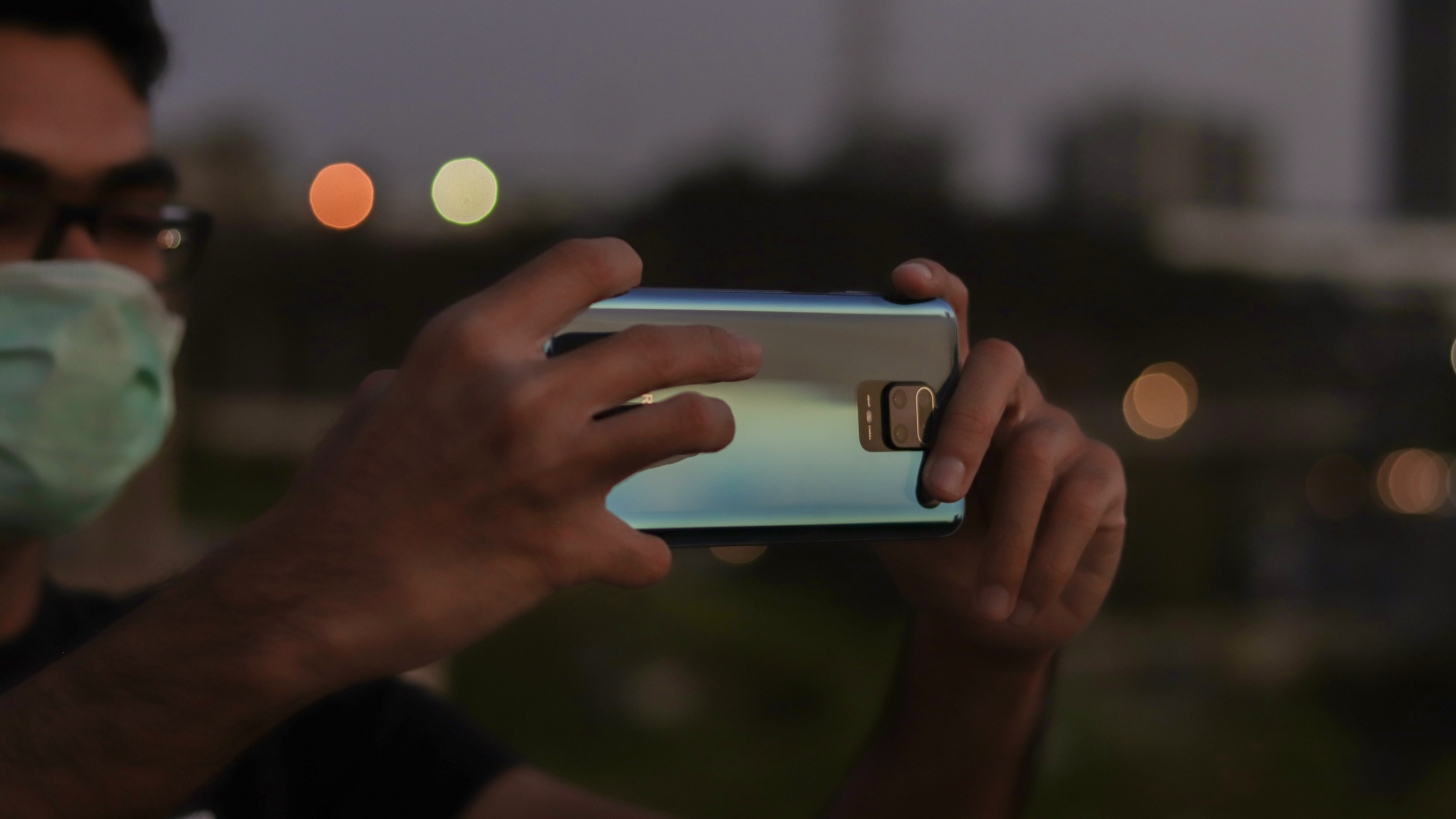
For regular use, including bouncing between apps, social media, and other tasks, the phone never failed to keep up. There were no real stutters or unusually long loading times. If anything, we’d suggest staying away from the 4GB of RAM variant, as the OS usually eats up the majority of it. On our 6GB variant, memory management was amicable. It seems well optimized for MIUI, the Android fork that Xiaomi uses on its devices, too.
Finally, let's talk about audio. The loudspeaker on the Redmi Note 9S, while clear, has very low output levels. We often found ourselves cupping our hand around the bottom, even while indoors. Thankfully, it does support audio over USB Type-C as well as the 3.5mm headphone port. Output via earphones was good.
Gaming
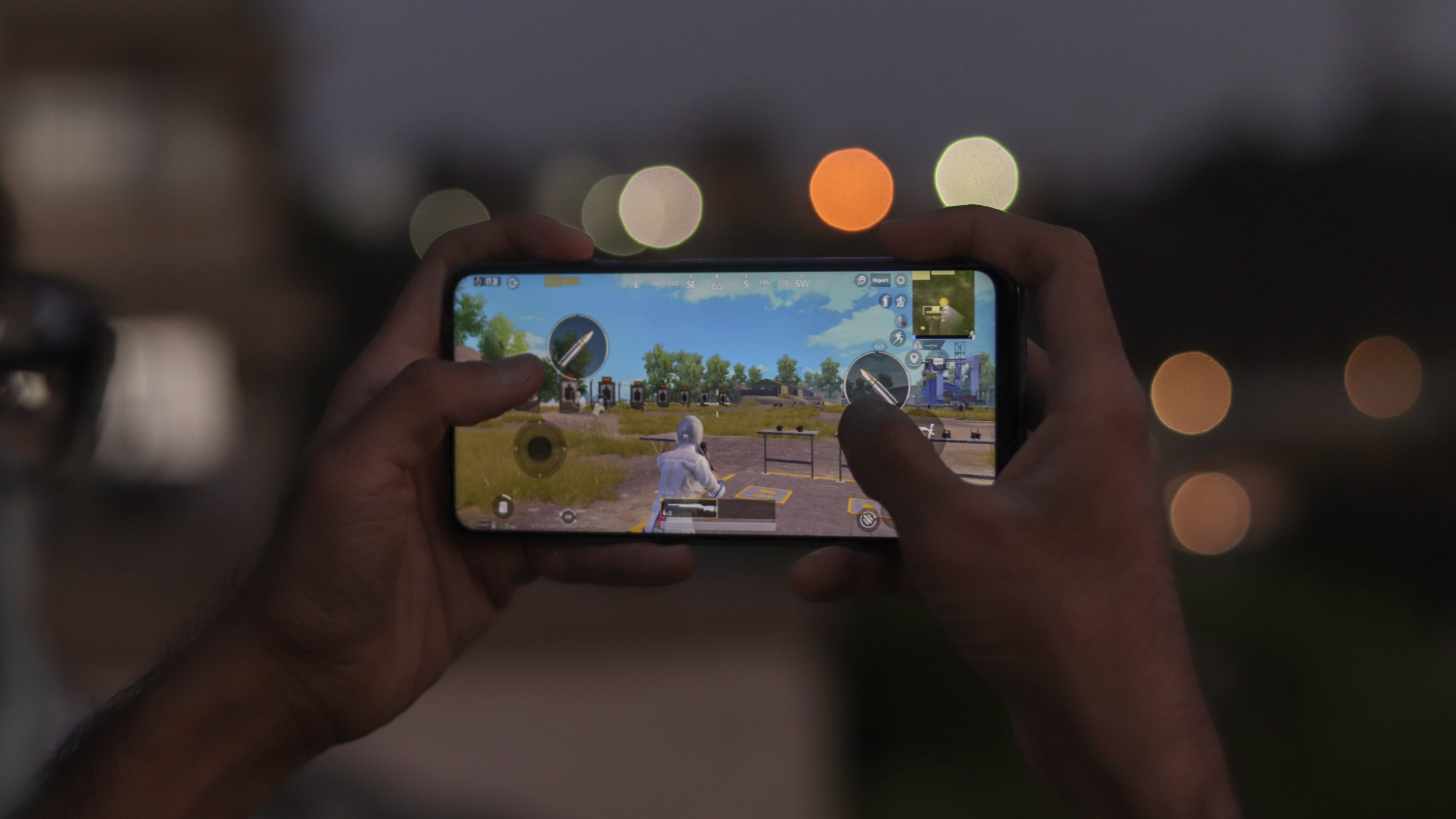
Gaming on the Redmi Note 9S was a pretty enjoyable experience, owing to the generally consistent and smooth gameplay. On heavier games such as PUBG Mobile, we were always at around 40-45 frames per second (fps).
It's worth noting that the MediaTek Helio G90T found in the Redmi Note 8 Pro was able to hit 60fps due to its beefier GPU, though. Still, unlike that chipset we faced no signs of overheating on the Note 9S.
The big display provides a great viewing experience with ample space for the controls to be moved to the side. Sadly, the single downward-firing speaker is nothing to write home about and will be muffled rather easily by your hand, depending on how you hold your phone. The headphone jack is still around to make up for that though.
Software
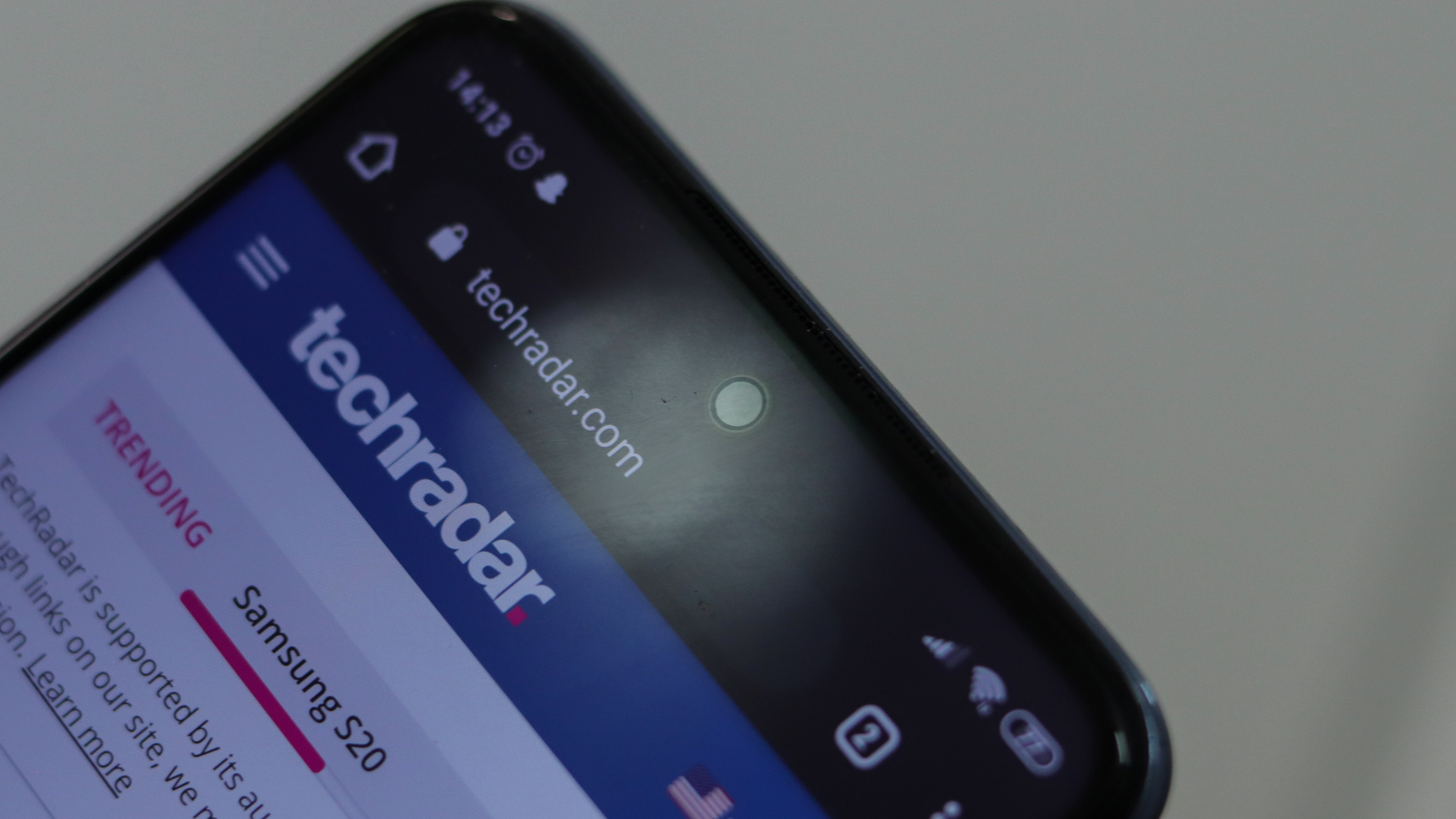
Software skins on Xiaomi phones have been a point of contention for years. Running MIUI 11 based on Android 10, the Redmi Note 9S is likely to be an entry point for many into this ecosystem. Here’s what you need to know about it: visually, it’s very far from stock Android. Functionally, it can do almost everything, if not more.
Customization options are plentiful and granular, and it includes a vast theme collection allowing you to tweak the look of the interface. There is no app drawer by default, so all your apps will spill onto the home screens, much like iOS.
A system-wide dark mode is available, but don’t expect it to blow you away as one on an OLED display might. There’s a ton of pre-installed apps, some useful, some questionable.
One of the first things we’d implore you to do is turn off notifications for all the bloatware apps. Not only are they irritating, but they also occasionally put out NSFW content. Disabling them means you only get the notifications from the apps you install - just how Android notifications should be.
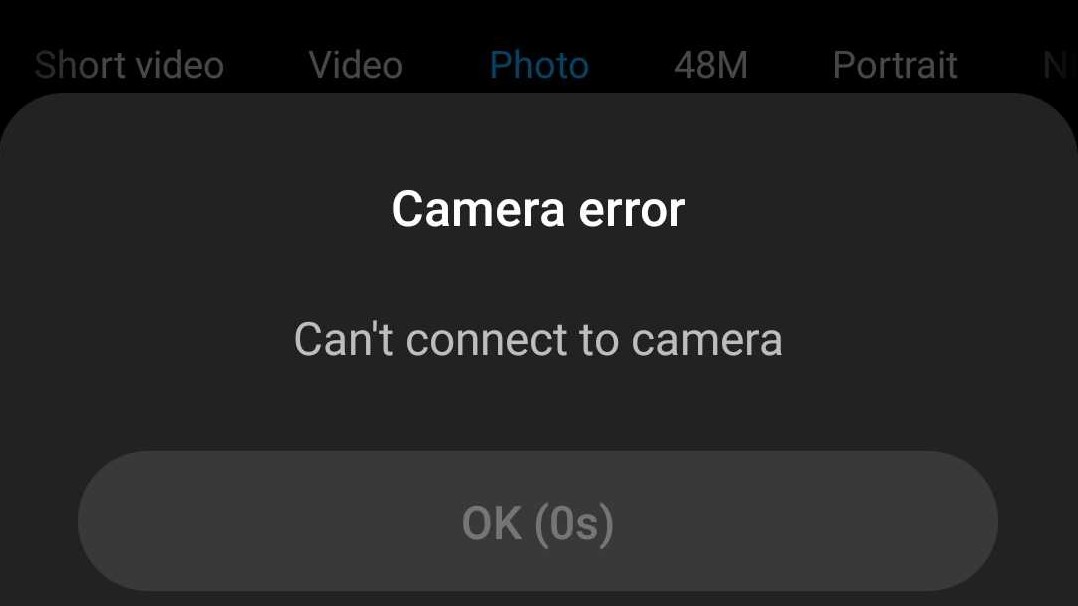
Even though MIUI carries a ton of extra baggage, it never really seemed to slow down or struggle to keep up. What we did notice were loads of bugs. We were testing a pre-production unit with early software, so your mileage may vary. The following are the more prominent issues that we faced.
The camera app would often not function, throwing a “couldn’t connect to the camera” error (fixed after clearing app data). The gallery meanwhile can sometimes take a long time to load, with folders such as 'Recents' not getting refreshed at times.
Along the same lines, battery usage stats would not load even after minutes of waiting. Clicking on Twitter notifications would just open the app normally, and not to the tweet we were trying to reach.
All of these are likely to be fixed via minor tweaks or future software updates and are definitely not deal-breakers. But they were prominent enough for us to mention. We haven’t come across many other people with the same issues, so retail units might be immune to these.
Current page: Performance, gaming, software and audio
Prev Page Price, design, display and performance Next Page Camera, battery life and verdictAakash is the engine that keeps TechRadar India running, using his experience and ideas to help consumers get to the right products via reviews, buying guides and explainers. Apart from phones, computers and cameras, he is obsessed with electric vehicles.
